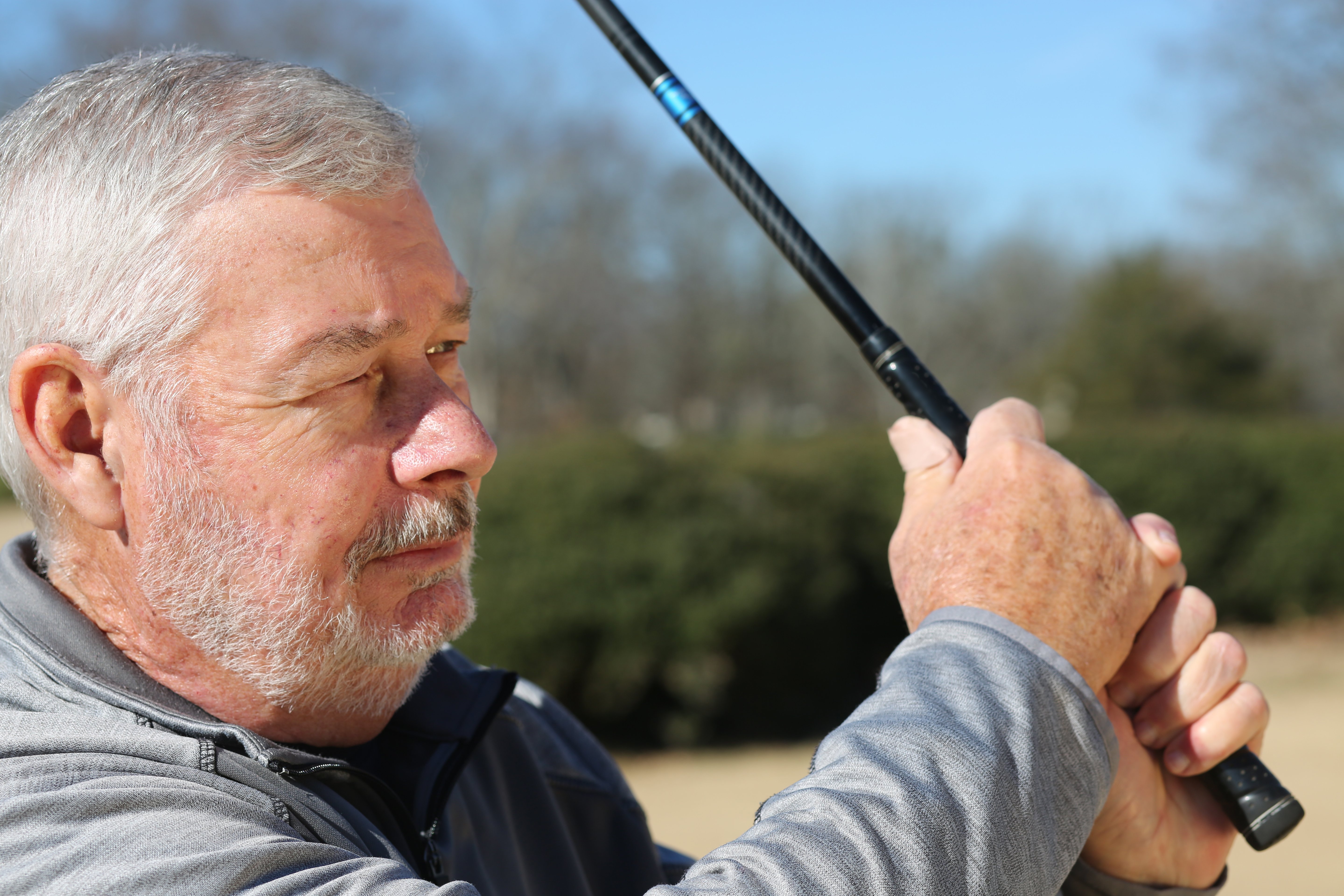

Jan 23 2025
Keep the Rhythm


Summary
An innovative heart procedure resolved Robbie Doss’ AFib for good.
Robbie Doss got a lot more than he bargained for when he went to the doctor about his eye in 2013.
“I had something in my eye,” recalled the 68-year-old from the Becker community of Monroe County. “When I got to the clinic, they checked my blood pressure, and it was elevated. Then they checked my heart rate, and it was really high. Before I knew it, she had called my wife, and I was on my way by ambulance to the ER in Aberdeen.”
From there, he was transferred via ambulance to North Mississippi Medical Center in Tupelo.
“Before I got in the ambulance, I asked her, ‘what about my eye,’” he said. “She said, ‘Don’t be worried about your eye; that’s the least of your problems right now.’ And that’s how I found out that I had atrial fibrillation.”
Out of Sync
Atrial fibrillation (AFib) is an irregular heart rhythm that originates in the atria (top chambers of the heart). Instead of the electrical impulse traveling in an orderly fashion through the heart, many impulses begin and spread chaotically through the atria causing the atria to quiver or fibrillate. Some of the electrical impulses travel through the heart and make the ventricles (bottom chambers of the heart) squeeze or contract in an irregular fashion.
While AFib is rarely life threatening, it can be extremely bothersome and sometime dangerous. People with AFib are seven times more likely to have a stroke. Because the upper heart chambers are quivering and not beating, blood will stagnate and form a clot. If that clot leaves the heart and goes to the brain, you have a stroke.
These blood clots can also travel to other parts of the body (heart, lungs, kidneys, intestines), causing damage. If your heart rate is very fast over a long period of time, it can even cause heart failure.
Robbie took medication for AFib for several years. While it helped significantly, it didn’t fully do the trick. He still had symptoms of fatigue and dizziness.
“I was just kind of nervous and anxious all the time. You could check my heart rate, and it would be so fast and erratic,” he said. “I was taking the maximum dose of medication, and the atrial fibrillation still wasn’t fully controlled,”
A Promising Alternative
In January 2018, Robbie’s cardiologist referred him to a cardiac electrophysiologist, a physician who specializes in heart rhythm conditions. He told Robbie about a clinical trial for a promising new procedure for people with persistent AFib.
Because NMMC is this region’s only and one of the nation’s largest cardiovascular research centers, patients get access to cutting edge, state-of-the-art devices and medications years before they would ordinarily become available.
After discussing it thoroughly, Robbie opted for the Convergent procedure, a hybrid procedure that combines minimally invasive surgery with a catheter ablation.
During the procedure, a cardiothoracic surgeon and a cardiac electrophysiologist work together. They create scars that stop abnormal electrical activity in the heart’s upper chambers (atria). A Convergent ablation procedure uses energy to destroy certain tissues both inside and outside the heart.
“They made a small cut in my chest,” he explained. “Then they killed the bad pulses that they couldn’t get with the regular ablation procedure.”
Back in Rhythm
The procedure worked better for Robbie than a catheter ablation alone, which only treats tissue inside the heart. He was discharged home after a few days in the hospital and has not had an episode of AFib since.
Since resolving his AFib and retiring in June 2019 from the natural gas industry, Robbie enjoys playing (a lot of) golf, doing yardwork and going places with his wife. They stay busy attending ballgames, school functions and other activities with their eight grandchildren.
“It saved my life,” he said. “I really believe that. I just really feel good, and my quality of life is a whole lot better.”
Robbie Doss' Story
